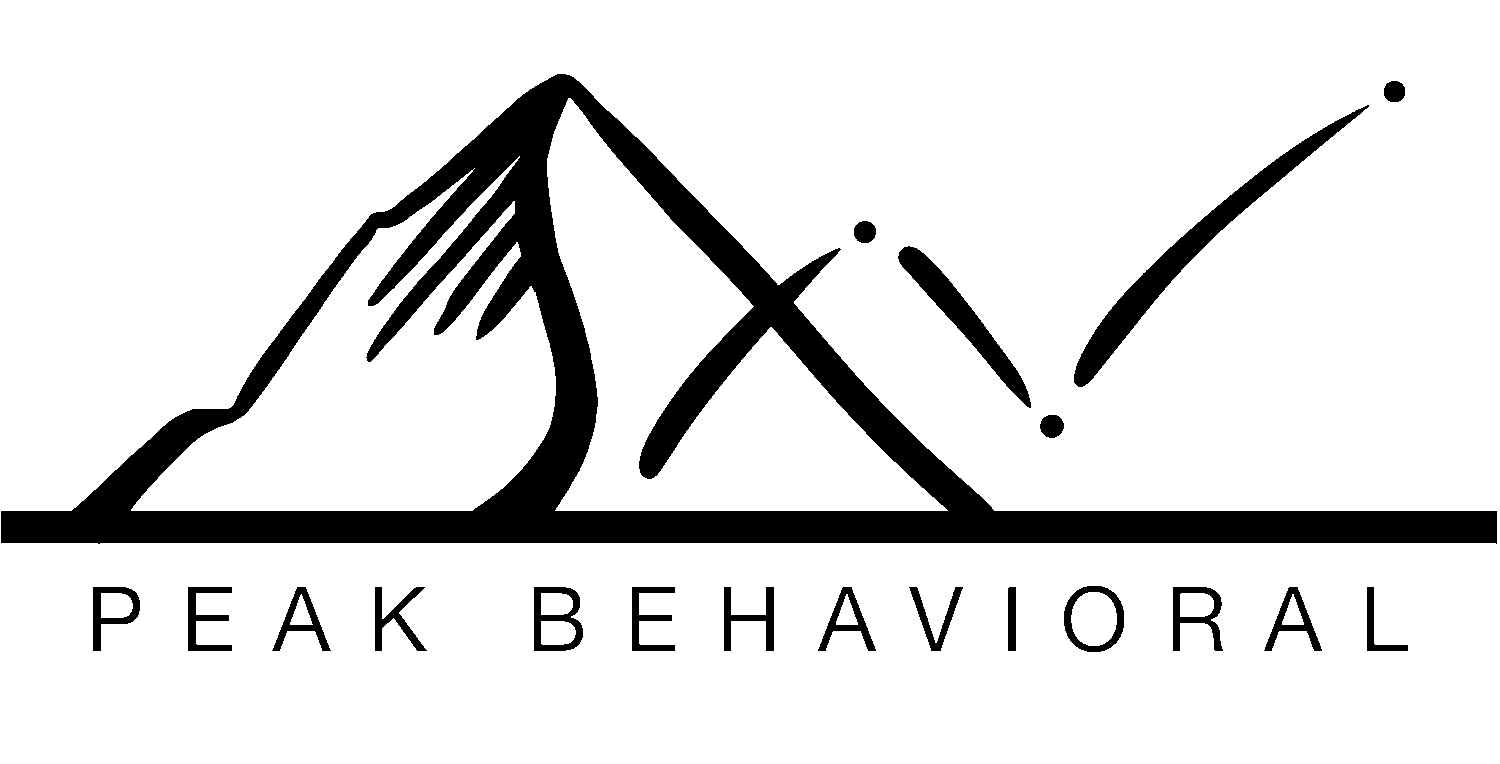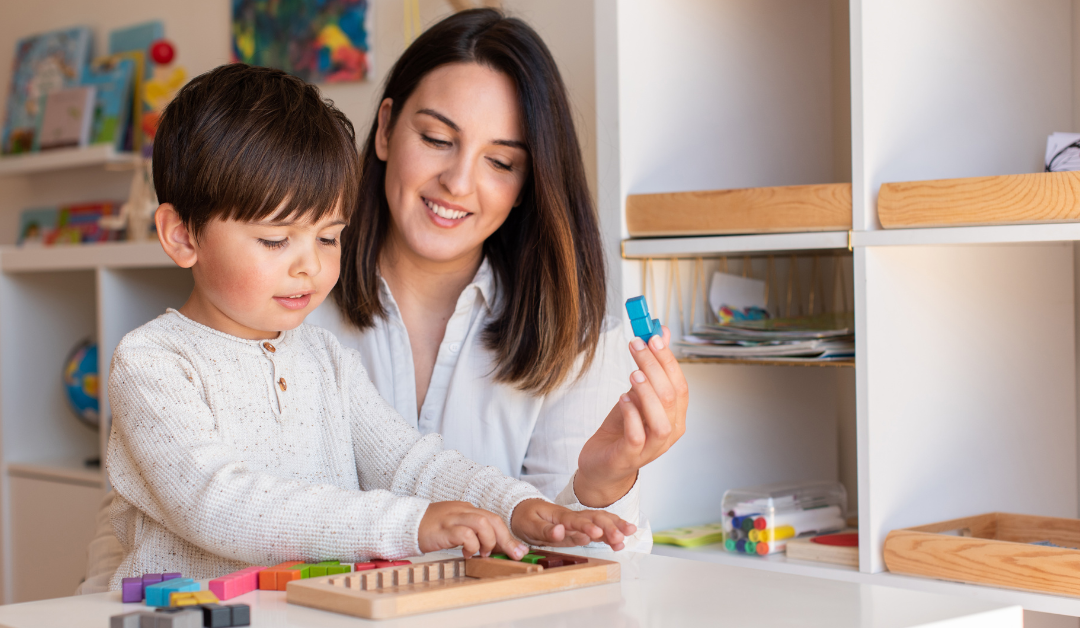The start of a new school year is a mix of excitement and anticipation for most families. For parents of children with autism, it can also come with a touch of worry. Navigating new routines, teachers, and social interactions can be challenging. But fear not. With the right support, the new school year can be a fantastic adventure for your child. One powerful tool in your arsenal is School-Based ABA Therapy. It’s like having a gentle guide by your child’s side, helping them navigate the school environment with confidence and ease. ABA, or Applied Behavior Analysis, is a proven method for teaching new skills and improving behavior.
When implemented in the classroom, it can create a supportive learning environment tailored to your child’s unique needs.
What is ABA therapy in a school setting?
Imagine the classroom as a magical garden.
School-Based ABA Therapy is like the gentle gardener, nurturing each child’s unique growth. It’s about creating a learning environment where every child feels safe, understood, and excited to learn.
By focusing on individual needs, ABA helps children blossom and reach their full potential.
But what does this actually look like in a classroom?
ABA therapy in a school setting is about creating a structured and predictable environment where children can thrive. It involves breaking down complex tasks into smaller, manageable steps. For example, if a child struggles with math problems, an ABA therapist might break down the problem into smaller steps, providing visual aids and positive reinforcement.
School-based ABA therapy also focuses on teaching functional skills. This means helping children learn skills that they can use in everyday life. For instance, teaching a child how to ask for help, follow directions, or take turns with peers are all valuable skills that can be taught using ABA principles.
Another important aspect of ABA in schools is behavior management. By understanding the function of challenging behaviors, therapists can develop strategies to reduce or eliminate them. This creates a more positive and inclusive classroom environment for everyone.
Ultimately, the goal of school-based ABA therapy is to equip children with the tools they need to be successful learners and independent individuals. It’s about creating a foundation for a lifetime of learning and growth.
Here’s an example of how ABA therapy might be used in a classroom setting:
Let’s say a child has difficulty raising their hand in class to ask questions. An ABA therapist might work with the child to develop a plan.
- First, the therapist would identify the target behavior, which is raising their hand to ask a question.
- Then, they would break down the behavior into smaller steps, such as making eye contact with the teacher, leaning forward in their chair, and raising their hand.
- The therapist would then teach the child these steps through positive reinforcement. For example, they might praise the child for making eye contact with the teacher or for raising their hand even if they don’t ask a question right away.
- Over time, with practice and reinforcement, the child will be more likely to raise their hand in class to ask questions.
This is just one example of how ABA therapy can be used in a school setting. There are many other ways that ABA can be used to help children with autism succeed in school.
How is School-based ABA used in the classroom?
Picture the classroom as a bustling playground.
ABA is like a friendly coach, guiding children through the game of learning. It’s about turning lessons into fun adventures. Teachers and therapists work together to create a world of learning where every child feels successful.
For example, if a child finds it tricky to share toys, ABA might turn playtime into a cooperative game. Or, if quiet time is challenging, ABA can transform it into a cozy reading nook. It’s all about making learning fun and engaging.
ABA can also be used to teach essential academic skills in a fun and interactive way.
For example, if a child is struggling with reading, ABA might involve using picture cards and rewards to make learning exciting.
Or, if a child finds math challenging, games and manipulatives can be used to make numbers come alive.
Additionally, ABA helps create a predictable and structured classroom environment. This can be especially helpful for children with autism who thrive on routine. Visual schedules, timers, and clear expectations can help children understand what to expect throughout the day, reducing anxiety and increasing independence.
By focusing on individual needs and creating a positive learning environment, ABA empowers children to reach their full potential.
It’s about building confidence, fostering friendships, and creating a love for learning that lasts a lifetime.
What role does ABA play in school-based transition services?
Transitions can feel like stepping into the unknown.
But with ABA as your trusty compass, navigating these changes becomes an exciting exploration. By teaching kids how to cope with new routines and environments, ABA helps them feel confident and prepared.
It’s like giving children a backpack filled with helpful tools for their journey.
ABA therapists work closely with teachers and families to ensure a smooth transition, making sure every step feels like a small victory.
For example, when transitioning from preschool to kindergarten, ABA can help children learn new routines, such as lining up for lunch or following classroom rules. Visual schedules and social stories can be used to help children understand what to expect and feel more comfortable in their new environment.
As children get older, ABA can support them in transitioning to middle school or high school. Teaching organizational skills, time management, and study habits can help them succeed academically. Additionally, ABA can help develop social skills and independence, preparing them for life after high school.
By providing consistent support and teaching essential life skills, ABA empowers children to embrace new challenges and thrive in their ever-changing world.
What does ABA school mean?
An ABA school is like a magical land where learning comes alive!
It’s a place where children with autism are celebrated for their unique strengths. Every day is a chance to grow, learn, and make new friends.
ABA schools are like supportive families, where everyone works together to create a nurturing environment. It’s a place where children feel safe to explore their world and discover their passions.
In an ABA school, the curriculum is designed to meet the specific needs of children with autism. The focus is on building essential life skills, such as communication, social interaction, and independence. The environment is structured and predictable, providing a sense of security and routine.
ABA schools also emphasize individualized instruction and support.
Teachers and therapists work closely together to create personalized learning plans for each child. This ensures that every student has the opportunity to reach their full potential.
Ultimately, an ABA school is a place where children can thrive and become confident, capable individuals. It’s a place where dreams take flight.
Final Thoughts
Okay, let’s wrap this up!
So, we’ve talked about ABA therapy and how it can be a real game-changer for kids with autism, especially in a school setting. It’s like having a secret superpower to help kids learn and grow in their own amazing way.
Remember, every kid is unique, just like snowflakes.
What works for one might not work for another. The most important thing is to find what makes your child happy and helps them shine. And hey, don’t be afraid to ask for help! There are tons of amazing resources and supportive communities out there.
So, let’s keep cheering on our kids and celebrating their awesome progress! You’re doing a fantastic job as a parent, and you’re not alone in this journey.
We’re all in this together!
Interested In ABA Therapy In Wyoming or Idaho?
Reach Out To Peak Behavioral Services!

Contact Information
Wyoming Services | 307.212.3284
Idaho Services | 307.257.5487
Email: info@pkbehavior.com
Fax: 307-333-0513

